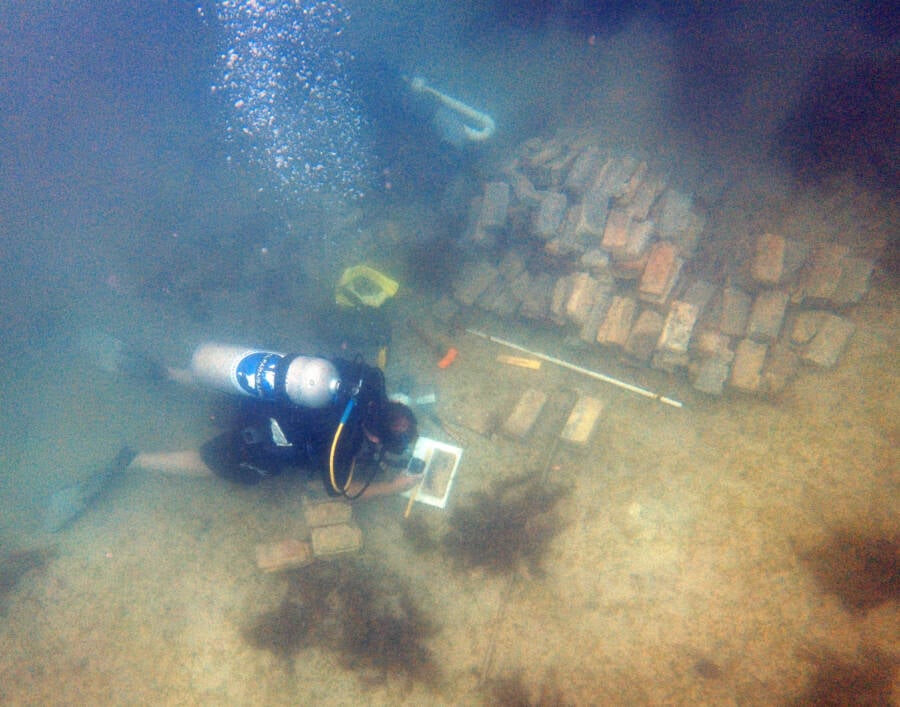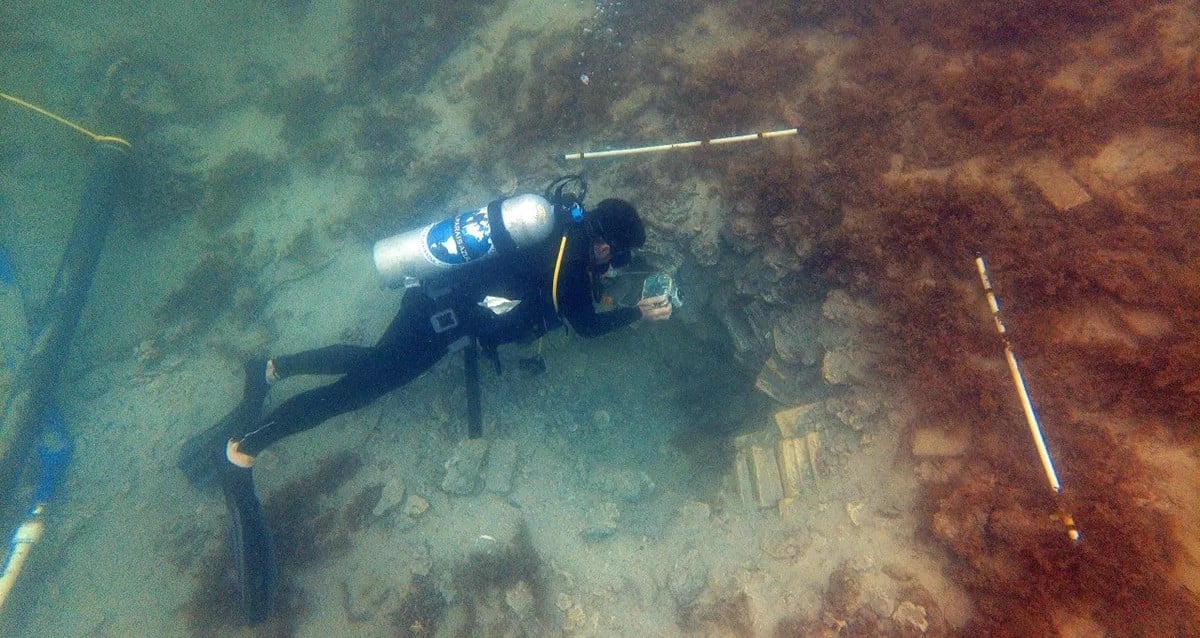Hidden Secrets of the Caribbean Unveiled: Divers Discover Sunken Danish Slave Ships Lost to a 1710 Mutiny

John Fhær Engedal Nissen, The National Museum of DenmarkResearchers found charred timbers, clay pipes, and some of the cargo, including yellow bricks that were fashionable in construction at the time.
“It’s been a long process and I’ve come close to giving up along the way, but this is undoubtedly the craziest archaeological excavation I’ve yet been part of,” said marine archaeologist Andreas Kallmeyer Bloch.
He continued: “Not only because it matters greatly to the local population, but also because it’s one of the most dramatic shipwrecks in the history of Denmark, and now we know exactly where it happened. This provides two pieces that have been missing from the history of Denmark.”
After reading about the discovery of two Danish slave ships off the coast of Costa Rica, discover the stories behind some of history’s creepiest ghost ships. Then, learn about some of the world’s most famous shipwrecks.














